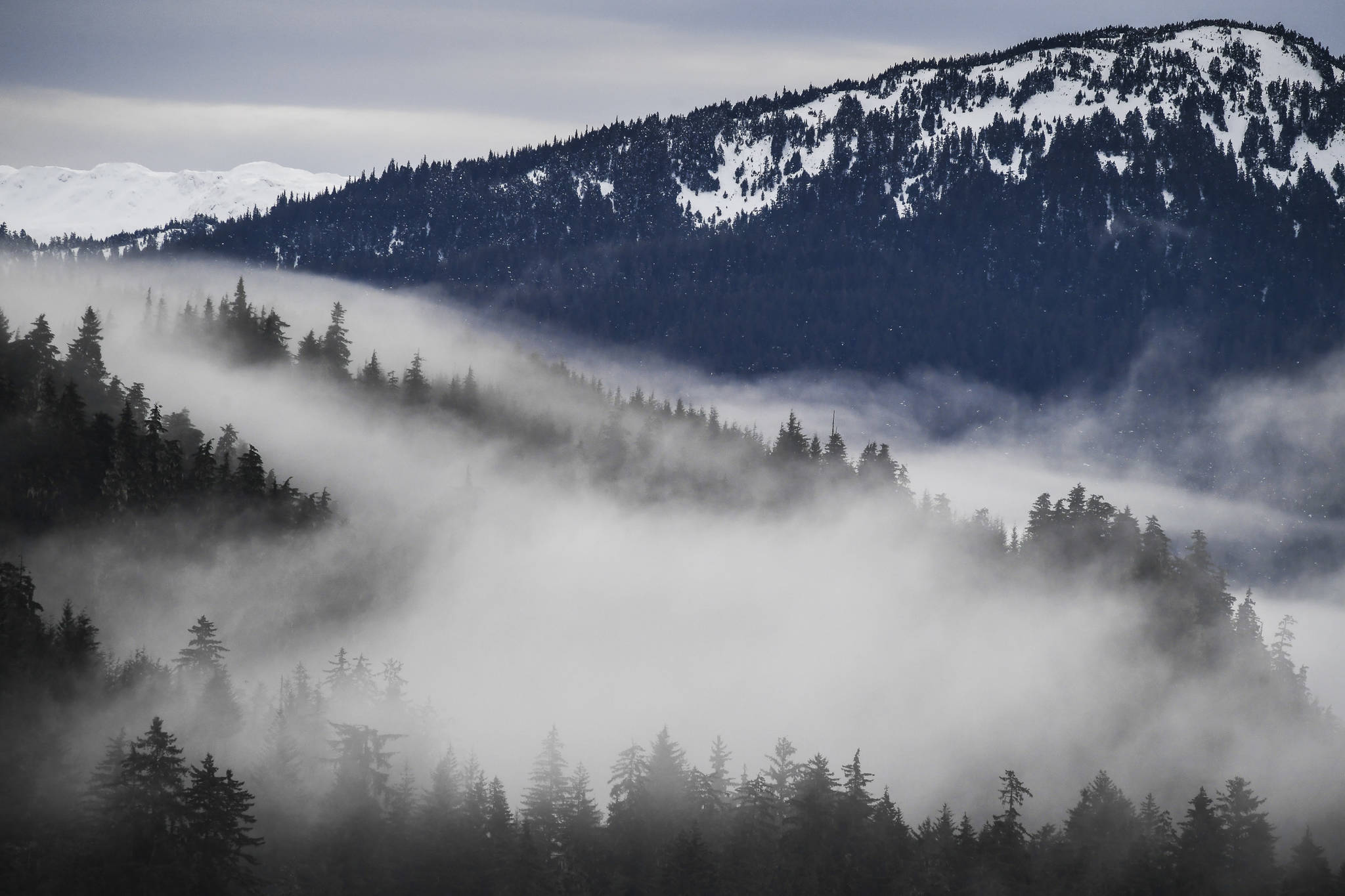I grew up in the logging camps in Southeast Alaska from the ’50s then the early ’80s. I have worked from Ketchikan to Yakutat every year, traveling by planes, boats and vehicles and I have seen first-hand the old and the new of our Tongass National Forest. We keep hearing phrases such as “Devastating logging practices” and “Destruction of habitat” or “loss of fish habitat” and so on.
I have yet to see any factual evidence of fish declines caused directly by logging. I have been to all the sites my family logged and the streams have been just as full of salmon as they were the first time I saw them. There even was a time that the federal regulations required us to remove windfalls from streams that we were logging close to. Then they discovered that wind fallen trees provided much needed still water for salmon. The federal government spent millions of dollars to place trees back into the streams. The government actually went to great lengths to preserve the Tongass. Timber sales under the federal government required buffer zones so second-growth could take the place of old-growth that was harvested. Every harvest was planned carefully. It has been said that large diameter trees are virtually gone from the Tongass because of high grading practices. While this might be true on private land the claim does not hold true throughout the rest of the Tongass. And you don’t have to travel very far to find them near the road system in Juneau, one just has to put on some boots and take a walk. It simply is not true that the Forest Service has ever supported “high grading” of timber in the Tongass. The Tongass timber is 60% pulp. USFS timber sales require you to take all merchantable timber down to 6” tops and 12’ lengths or greater, regardless of quality.
The only “high grade” logging that goes on is on Alaska Native and private land. In fact, the majority of the logging that has been done in the past 20 years has been on Native land. Even though the logging practices are less stringent on these lands and they have completely clear cut the land with very few buffers the resiliency of the land shines on. The fish streams are still producing large and in some cases record runs. The new growth is growing back thick and on some of the land the second-growth harvest is starting. By the way, new research from the Birmingham Institute of Forest Research has shown that younger trees extract and store carbon better than old growth trees due to accelerated growth and having new open areas to grow into. Logging has had nothing to do with hurting the fish industry, unless one counts the fishing industry hiring loggers to harvest logs for their fish traps. Virtually all the road system in Southeast Alaska has been constructed to support the logging, mining and fishing industries. So I ask this: Where would we be now if all these roads were not here? Where would the tourist industry be right now if these roads were not here? Would the tourists be able to see everything they came to see? Would the sport fishing businesses be able to prosper the way is has? Would some these communities even exist today if it had not been for logging and mining?
The point I am trying to get across is that I have never met anyone in the logging or mining industry in Southeast Alaska who wished to ruin our natural resources and a lot of what has been said by those opposed to lifting the Roadless Rule has not been accurate. Everything these industries did all those years ago has helped build what we have today. It is unfortunate that people are talking the way they are about what those industries. I just wish that honest, real facts were used when making decisions that affect all of us, instead of emotions and biased half-truths.
• William Tonsgard Jr. was born in Juneau, raised in logging camps and spent his life in the logging, construction, recycling and refuse businesses. Columns, My Turns and Letters to the Editor represent the view of the author, not the view of the Juneau Empire.
•

